From passive to active, more and more intelligent human-computer interaction mode in cars
Time:2023-03-06
Views:1171
Author: Doctor M
According to the Market and Market report, more and more innovations in human-computer interface will promote the rapid growth of the digital intelligent cockpit market. The scale of the market will reach US $35.9 billion by 2025, and the compound annual growth rate from 2018 to 2023 is expected to be 13.59%. Smart cars will become people‘s "third living space". Combined with future traffic and travel scenarios, the in-cabin experience will become more diversified and life-oriented. Based on the status of people, the location of vehicles and the current internal and external environment, the intelligent cockpit will provide more active services for drivers and passengers.
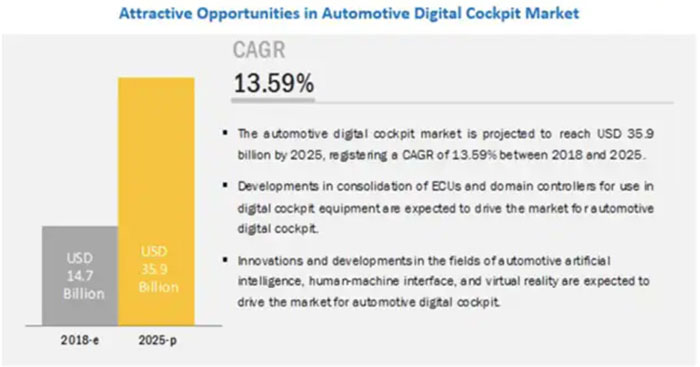
Figure 1: The growth prospects of the smart cockpit market are broad (source: Market and Market)
The future of human-computer interaction of intelligent vehicles: from passive to active
From steam cars to internal-combustion engines, and now to the popular hybrid and pure electric vehicles, the driving energy of cars has undergone earth-shaking changes. At the same time, the interaction between cars and people has also been evolving. Looking back on the development history of automobile cockpit, semiconductor technology innovation has played a major role.
·Phase I
The first stage is to localize the electronic cockpit. At this time, the human-computer interaction is more traditional mechanical buttons and simple segmented display screens.
·Phase II
The typical trend in the second stage is networking and intelligent assistant, and the human-computer interaction mode is mainly touch screen and voice control.
·Phase III
At present, we are entering the third stage - "human-computer co-driving". The human-computer interaction mode is changing from passive to active. Through a series of sensors and controllers on the vehicle, the vehicle can actively provide decision-making suggestions and achieve auxiliary driving within the safe range.
·Phase IV
The future will enter the fourth stage, and cars will become people‘s third living space. Active interaction will become the mainstream. The car can automatically adjust a series of driving and cabin parameters according to the physical state of different people and the perception of the surrounding environment to create a more comfortable driving and riding environment.
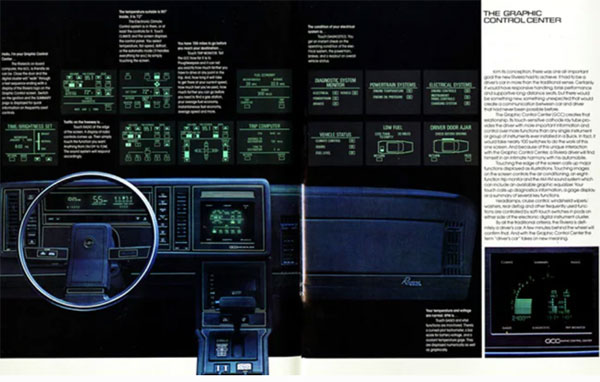


Figure 2: 1986 Buick Riviera HMI display, inspired by aircraft (source: hagerty. com)
With the upgrading of user needs and the improvement of the level of automobile intelligence, the human-computer interaction in the automobile is undergoing changes at present: the design concept is user-centered, and develops from the basic "function perception interaction" to the "active cognitive interaction" through AI, the perception technology inside and outside the vehicle.
There are two main types of specific development trends:
The first is to change the interaction mode from "screen touch and key based" to "natural interaction". Multiple natural interaction modes include voice interaction, eye tracking, gesture interaction, sound source localization, face recognition, holographic image, etc.
The second is to change from passive to active interaction. Based on the dynamic state of the vehicle and the body information of the driver and passenger, the system automatically provides content or services, and realizes intelligent emotional interaction.

Figure 3: Seven principles for automobile HMI design proposed by STAR (source: star. global)
The automobile HMI system is moving towards multimodality and high complexity, and behind this change, it is inseparable from the support of two key hardware technologies, namely "perception" and "computing".
From the perspective of perception, different interaction scenarios need a large number of sensors to support, so the type and number of sensors will increase significantly. IHS predicts that by 2030, the number of single vehicle sensors will exceed 11 (excluding ToF and other equipment). From the perspective of calculation, the computational power requirements of cars for SoC and AP have been greatly improved. The driving factors are the increase in the types of sensing algorithms, the increase in the number of cameras, the improvement of resolution and the improvement of running frame rate.
Active human-computer interaction scheme, chip selection is more critical
Everything is inseparable from control and calculation, and human-computer interaction is no exception.
In terms of controller selection, high performance, low power consumption, high security and high reliability should be considered. Renesas Electronics‘ RH850/F1K high-end automotive microcontroller uses a unique G3KH CPU core with a working frequency of 120MHz, which can ensure security while providing high computing power.
The built-in flash memory of the chip can reach up to 2MB, and the high-end model also integrates the CAN FD interface. Engineers can choose the 144pin version to achieve more complex designs. The specific chip model we recommend is R7F7015833AFP-C # AA3 in the material number of MAOZE Electronics.
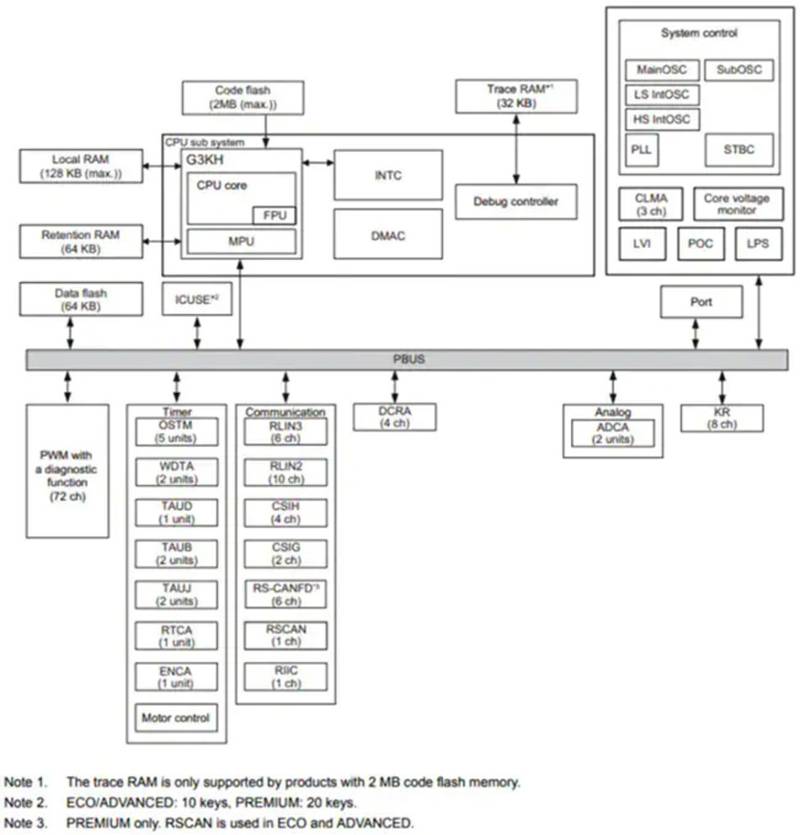
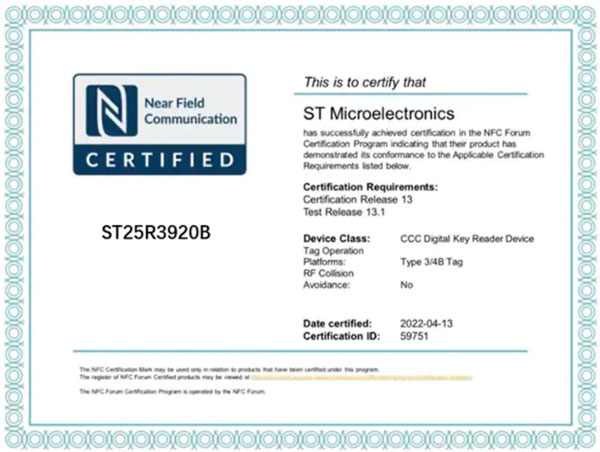
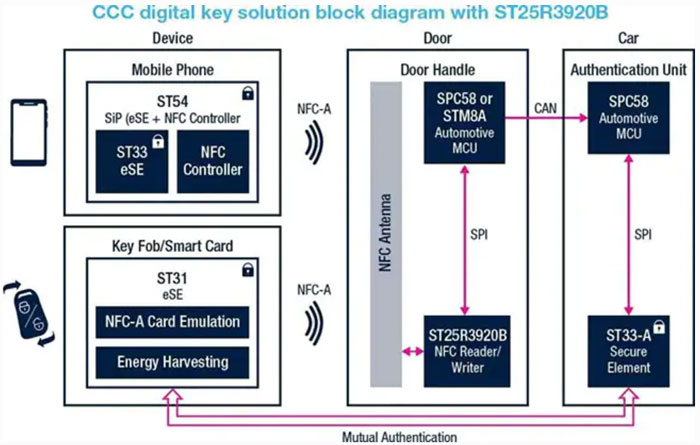
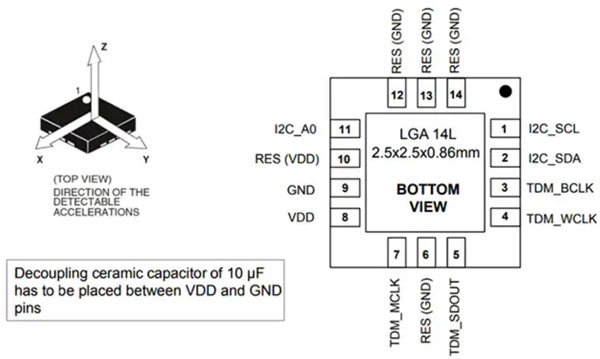

Figure 4: RH850/F1K chip block diagram (source: Trader Electronics)
NFC electronic key: the first step of human-computer interaction
As the first step of automobile human-computer interaction, the automobile digital key with the help of NFC technology has become a hot spot pursued by the industry.
At present, NFC module is mainly installed in three positions: door handle, vehicle B-pillar and center console. The NFC of the door handle and B-pillar position is mainly used to sense the human body position information, while the NFC module of the center console can also perform smart phone verification and activate the preset scene. In the future, after the same vehicle is identified for different user IDs, a series of customized parameters such as different vehicle speed limit settings can also be enabled.
ST25R3920B automobile NFC card reader from STMicroelectronics is the first NFC reader chip in the industry that has passed the NFC Forum CR13 standard certification and is applicable to CCC digital car key version 2.0. CCC is a new feature of NFC certification in version 13 launched by NFC Forum, which will ensure that vehicle manufacturers can provide interoperable NFC key system. The material number of this device in Maze Electronics is ST25R3920B-AQWT.

Figure 5: ST25R3920B obtained NFC Forum CR13 certification (source: ST official website)
ST25R3920B includes an advanced analog front end (AFE) and a highly integrated data framing system, and introduces an improved active waveform shaping (AWS) technology with higher flexibility, which can simplify the RF output adjustment process and facilitate the optimization of overshoot and undershoot problems.
For example, in the position of door handle, limited by the actual installation conditions of the scheme, the size requirements of NFC module design are extremely high. ST25R3920B has high RF power and dynamic power output, which can drive the antenna directly and efficiently. Even using the small antenna size common in the doorknob, it can also achieve a longer interaction distance.

Figure 6: ST25R3920B CCC electronic key solution (source: ST official website)
ANC technology: create a quiet tram era
In high-end traditional fuel vehicles, in order to improve driving comfort, Active Noise Control (ANC) has been applied.
In the era of electric vehicles, because there is no running noise of the fuel engine, the treatment of road noise becomes more important. Active noise reduction will become the focus of new car configuration.
In order to create a quiet and comfortable driving experience, ST launched the Road-Noise Cancellation (RNC) AIS25BA MEMS digital output motion sensor, which uses active noise control technology to offset road noise. The material number of the chip in MAOZE Electronics is AIS25BATR.

Figure 7: AIS25BA chip pin diagram (source: ST official website)
In the product design of the triaxial accelerometer, the RNC system accuracy is given priority, which reduces the noise density to a very low level. The X-axis and Y-axis are 30 µ g/√ Hz, and the Z-axis is 50 µ g/√ Hz, 58% lower than the same type of products. The sensor also has a TDM digital interface, which can synchronously output multiple accelerometers of the system to measure the vibration and noise of the whole vehicle. In addition, AIS25BA also has fast response/low delay characteristics to meet the requirements of RNC system for real-time calculation and correction of waveform, and the high bandwidth characteristics also ensure that users can capture application-related audio range interference.
epilogue
With the goal of "the third living space", intelligent cockpit has become the focus of automobile development. Touch screen is no longer the end of interaction. The future human-computer interaction interface will be a more natural multimode interaction mode. This passive to active interaction requires the improvement and cooperation of sensing and computing hardware.
Mao Ze Electronics provides the supply of sensors, MCU, RF and other devices related to the interaction of the intelligent cabin, helping ecological partners and designers to build a third living space together and go to the future of intelligent driving.
|
Disclaimer: This article is transferred from other platforms and does not represent the views and positions of this site. If there is any infringement or objection, please contact us to delete it. thank you! |











